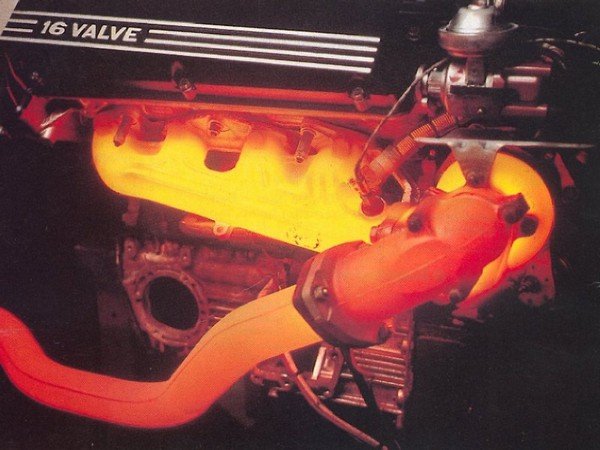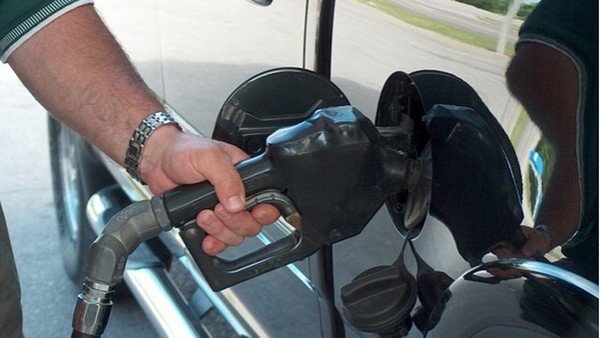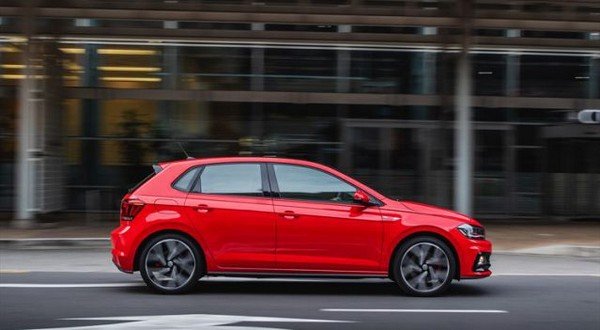Popular Tips
YOU MIGHT BE INTERESTED IN
Wonderful Care Tips For Turbocharged Cars
by IndianAuto Team |
27/10/2018
Turbochargers are becoming more and more popular in modern cars. So how to take care of turbocharger cars?













 Follow us on google news
Follow us on google news
